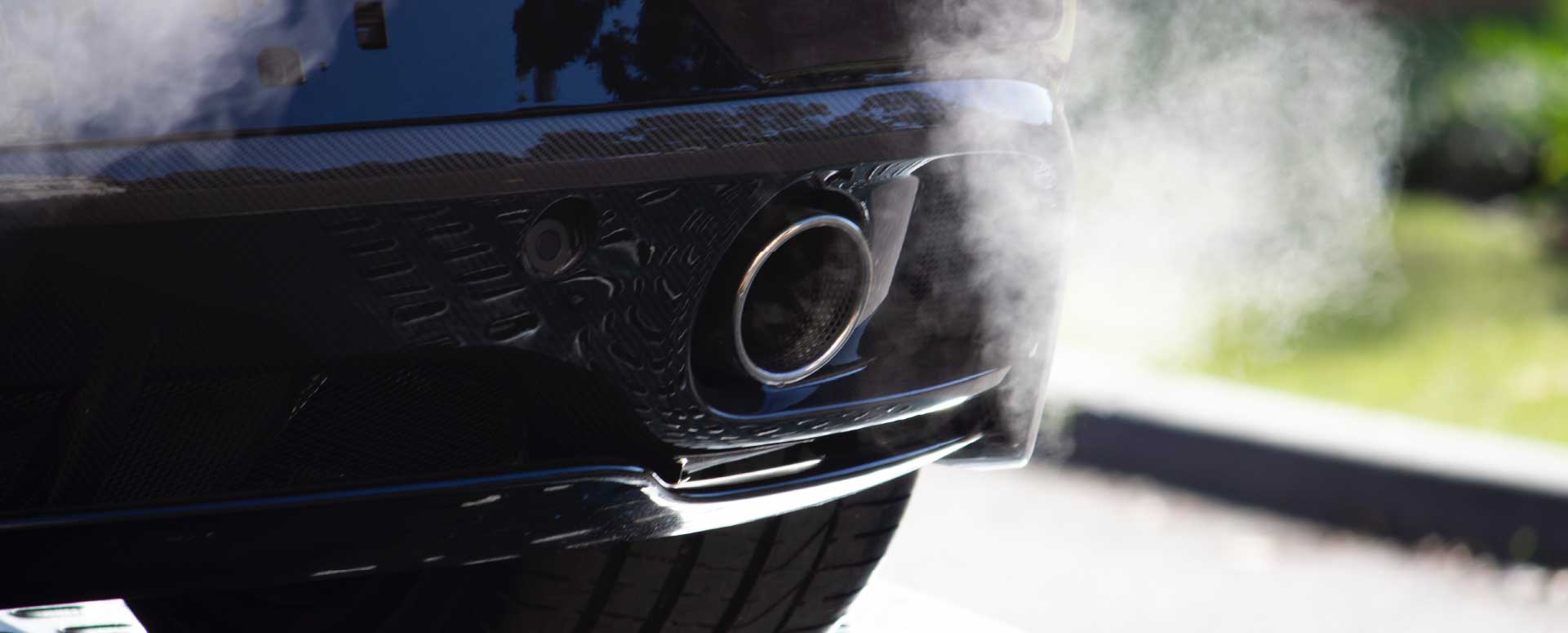Changes to emissions testing
Emissions testing is changing this month with the introduction of the Worldwide Harmonised Light Vehicle Test Procedure (WLTP). WLTP is used to measure C02 emissions, fuel consumption and pollutants. It replaces the outdated New European Driving Cycle (NEDC) test introduced in the 1980s, which was based on theoretical driving, whereas the new test determines values using real-driving data.
WLTP takes 30 minutes - 10 minutes longer than NEDC. The test is divided into four parts consisting of different speeds, stops, acceleration and braking phases. Powertrains and weights are also tested, as well as aerodynamics and rolling resistance of optional equipment, such as bigger tyres. This improved test means that the proportion of time at a standstill is reduced from 25 to 13 percent, the length of the test cycle increases from around 6 miles to 15 miles, and the average speed rises from 21mph to 30mph.
The overall aim of the new test process is to present consumers and manufacturers with more accurate information about how a vehicle performs in actual on-the-road conditions.
For new models introduced from September 2017, manufacturers will need to publish WLTP statistics. Models in production before September will not.
However, all vehicles registered from September 2018 onwards (regardless of when the model was first produced) will be required to have published figures.
It is not expected that WLTP figures will be used for Benefit-in-Kind/Company Car Tax purposes until at least April 2020, where it is anticipated it will form part of a wider BIK policy review. NEDC figures will be published until this point.
Also being introduced is the Real Driving Emission (RDE) test figure. Whilst WLTP is an improvement on NEDC, it is still a laboratory test and certain parameters cannot be measured, such as individual driving style, weather or traffic conditions, and the load of the car. All of these things have an impact on NOx emissions. The RDE test figure seeks to circumnavigate this by fitting a Portable Emissions Measuring (PEMS) device to the car. This piece of equipment records exhaust emissions at the tailpipe.
How failing to monitor emissions can cost your business
The shift away from NEDC to WLTP and RDE follows a push toward a more accurate reading of fuel consumption and emissions, which often proved to be worse than official statistics suggested.
Failing to monitor fuel consumption and emissions can have a major cost implication to the business, and a negative impact on the environment. Clean air and lower pollution plans are in sharp focus in the media and as the government acts to reduce levels of NOx in the air, manufacturers are under increasing pressure to shift toward producing greener, cleaner models. Customers are also continually being incentivised to take them up through rising BIK and VED rates for higher emission vehicles.
It is therefore essential that official statistics reflect real-world driving, so that you can choose vehicles that are the best fit for your business, which can have a big impact on your green agenda, the country's air quality and your fuel bill.





